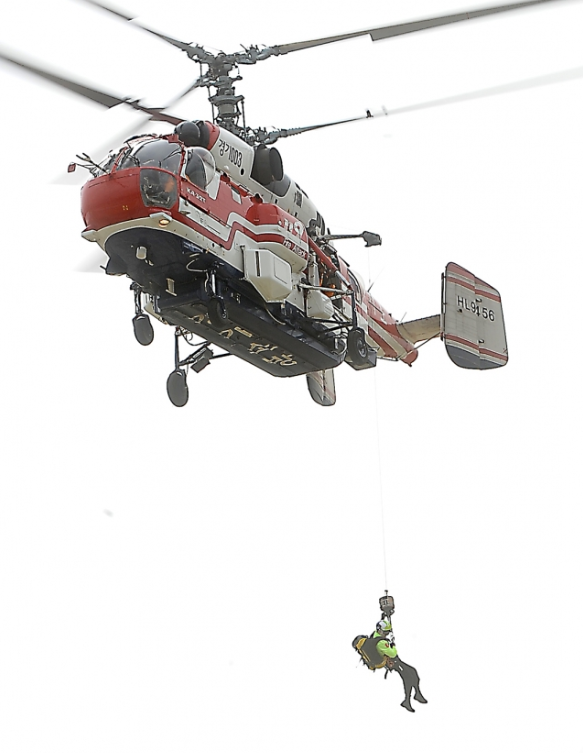Star physician welcomes proposed revision to National Cemetery Law
A lawmaker is working to get medical workers who die in the midst of transporting patients via helicopter the honorary rights to be buried in the National Cemetery.

Rep. Park Kwang-on of the ruling Democratic Party of Korea said Tuesday he would submit a bill to revise the law related to establishing and operating the National Cemetery to this end.
"Saving people at the front of the line by providing emergency medical treatment is an act of patriotism," Rep. Park said. "There should be a national consensus on raising the honor bestowed on these professionals."
Park said that he proposed the bill after getting a request from star physician Lee Cook-jong from Ajou University Hospital located in Suwon, Gyeonggi Province. Lee is well known for being one of the lead trauma surgeons in the country and for treating the North Korean defector riddled with parasites last November.
Related : N. Korean defector ‘dust off’ by US Army’s air medics
The law stipulates that people who die while making sacrifices for or contributions to the country deserve burial in the National Cemetery. It calls for military personnel, independence fighters, honorary medal recipients, soldiers and disabled veterans, as well as government workers, including firefighters who die while performing dangerous tasks, to be allowed for a National Cemetery burial.
However, emergency medical personnel who carry out emergency dispatch tasks have been excluded from the National Cemetery Law despite putting their lives at risk for the public good, according to Rep. Park.
"Medical air transport is a noble act carried out to save the life of the patient, and it is a dangerous mission risking the lives of medical workers so that national honors are necessary," Lee said.
Ajou University Regional Trauma Center dispatches its helicopter to all around the country, not just to Gyeonggi Province but also to southern areas like Daegu and Busan. The aircraft travels at an average speed of 250 km per hour and can fly to Busan in an hour and 10 minutes. Workers' safety is often at risk since it operates through the tumultuous weather such as thunder and lightning to save patients' lives.

